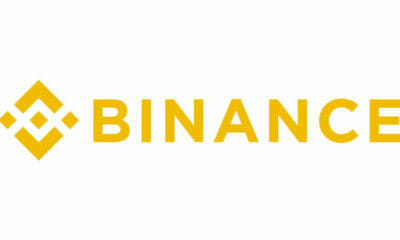In the pantheon of Bitcoin bulls, Thomas Lee, co-founder and head of research at Fundstrat, is certainly in the upper echelon. Lee has previously made calls for the largest cryptocurrency returning to its December peak of $20,000, but his most recent calls beyond that.
In an interview with CNBC last week, Lee said Bitcoin can make it to $25,000 by the end of this year. At this writing Monday, bitcoin was trading just over $8,000, meaning for Lee’s year-end forecast to prove accurate, the digital currency would have to more than triple from current levels. Just to return to the December highs around $20,000 bitcoin would need to rise two-and-a-half times from current levels.
“When you look at metrics like price-to-book, which is ‘money cost,’ or our Bitcoin misery index, it’s pretty much what you saw at the end of the 2014 bear market, not the start,” said Lee in the CNBC interview.
Recent Rally
Although it traded modestly lower Monday, Bitcoin has recently been resurgent following the failure of a death cross signal and amid some favorable seasonal trends. On April 9th, Bitcoin’s market capitalization fell to around $114.63 billion, but has since surged to over $136 billion. Technically speaking, April has been kind to bitcoin, the largest cryptocurrency.
“April Bitcoin trading formed an important technical reversal that suggests further upside ahead, according to Fundstrat research,” reports CNBC. “Bitcoin steadied above $6,500 in the past two weeks, presenting a level of support and breaking through the March downtrend resistance. Fundstrat sees the next major resistance band around $9,000.”
Some technical analysts believe the next hurdle for Bitcoin to conquer is the $8,500 area, a level the digital currency flirted with Monday. Failure at $8,500 could force renewed selling pressure, sending bitcoin back to $7,500 or lower. However, should the cyrptocurrency conquer $8,500 with some vigor, market participants believe it has upside to $9,000 to $10,000.
In Monday trading, Bitcoin futures on the Cboe, which trade under the ticker “XBT,” traded mostly lower. The front-month XBT contract, expiring on April 18th, fell $70 to $8,020.




















